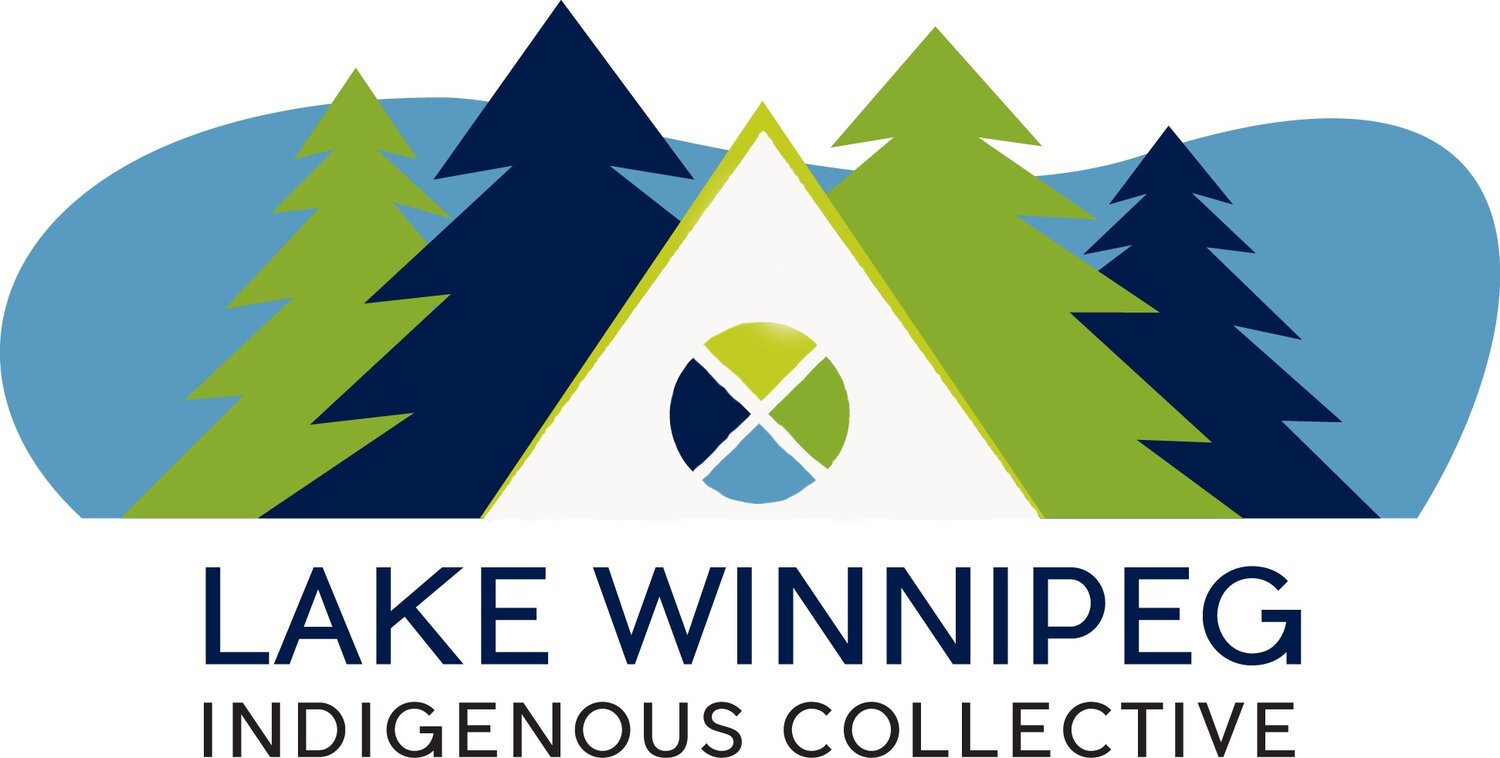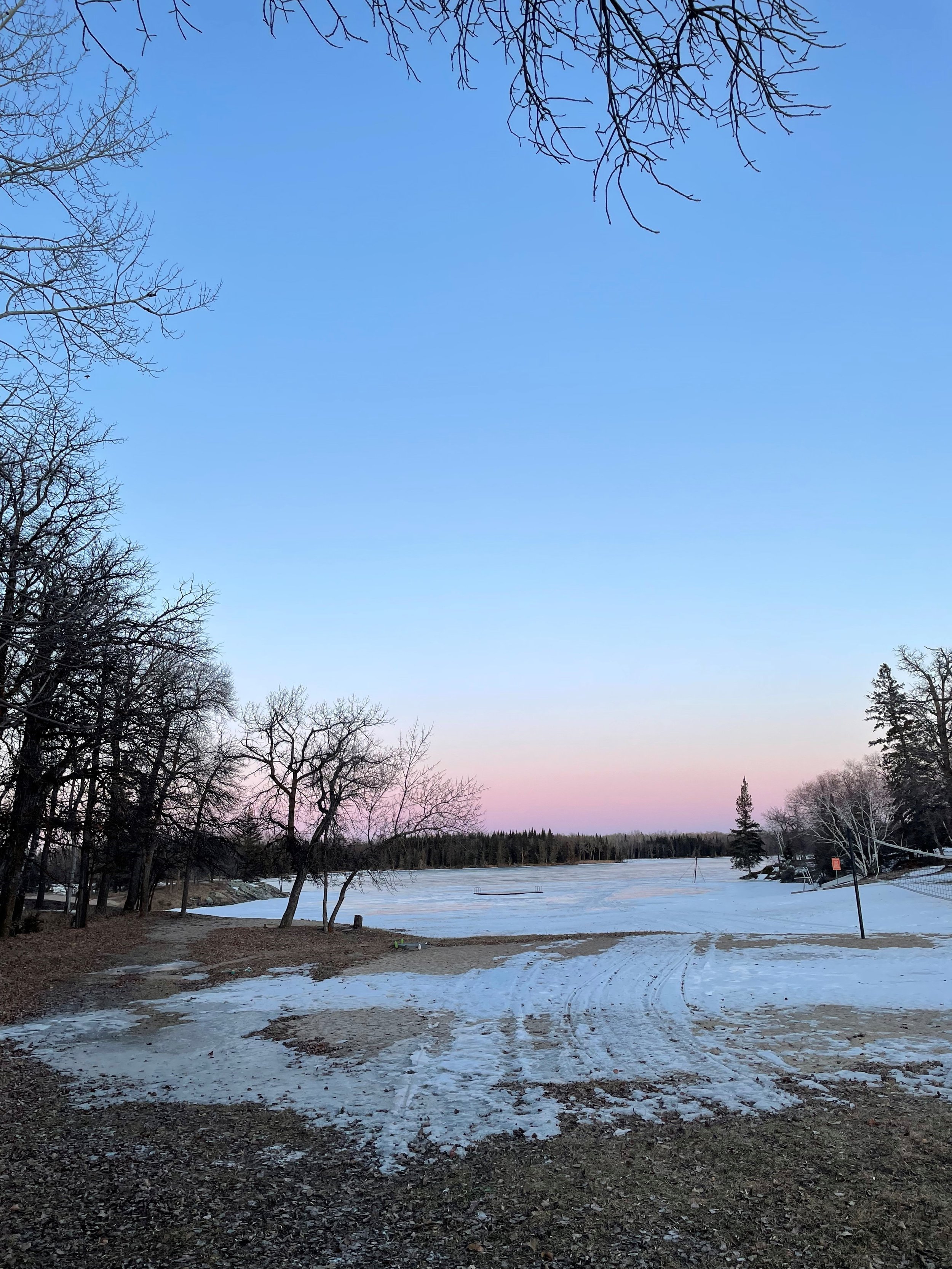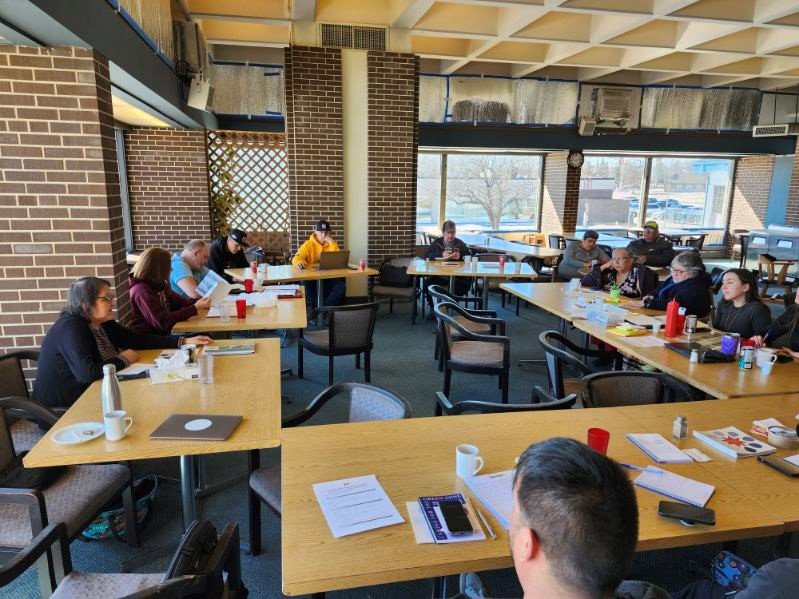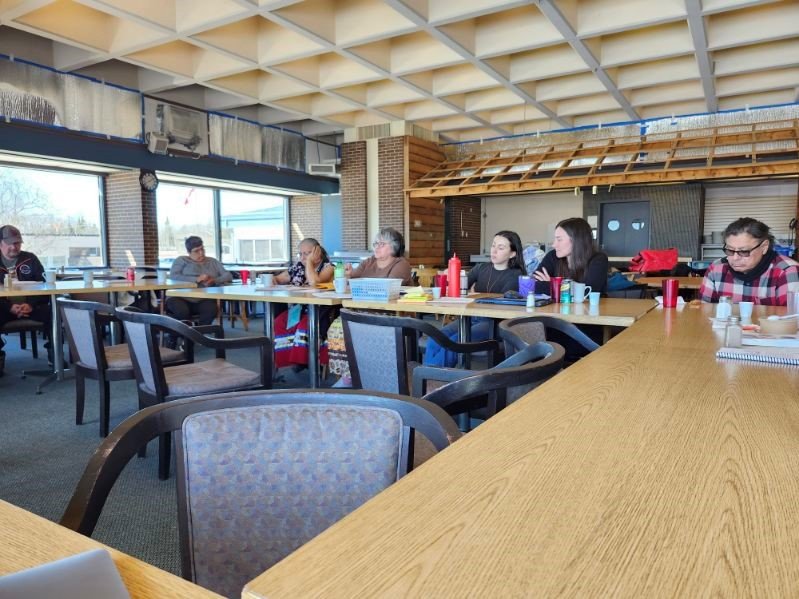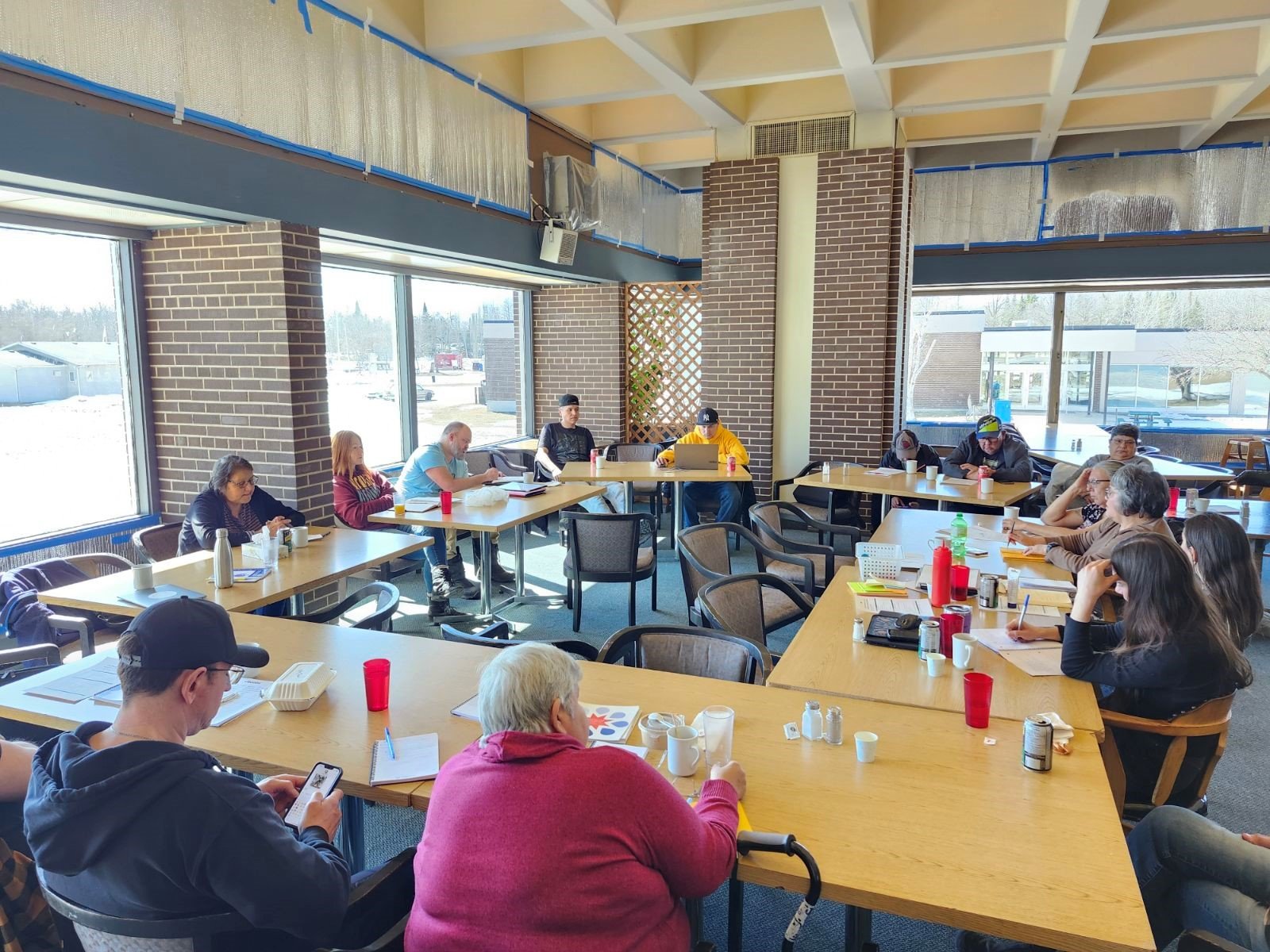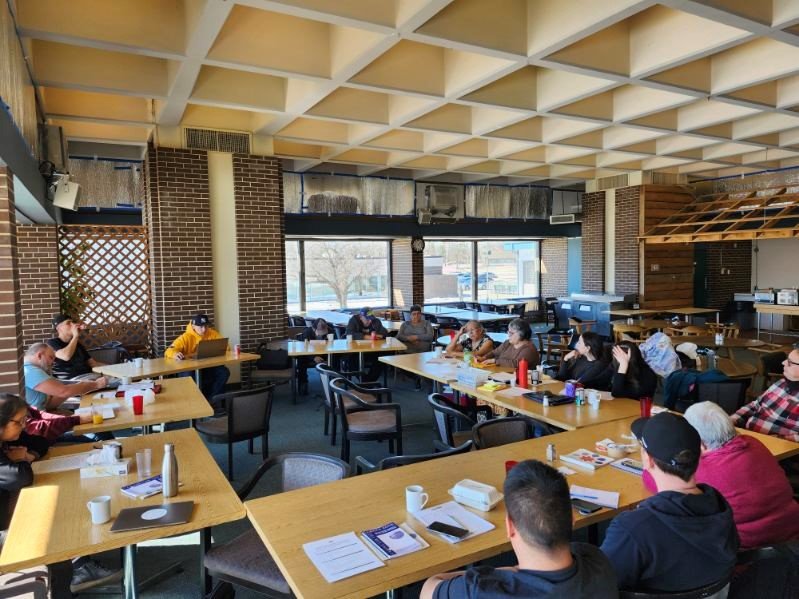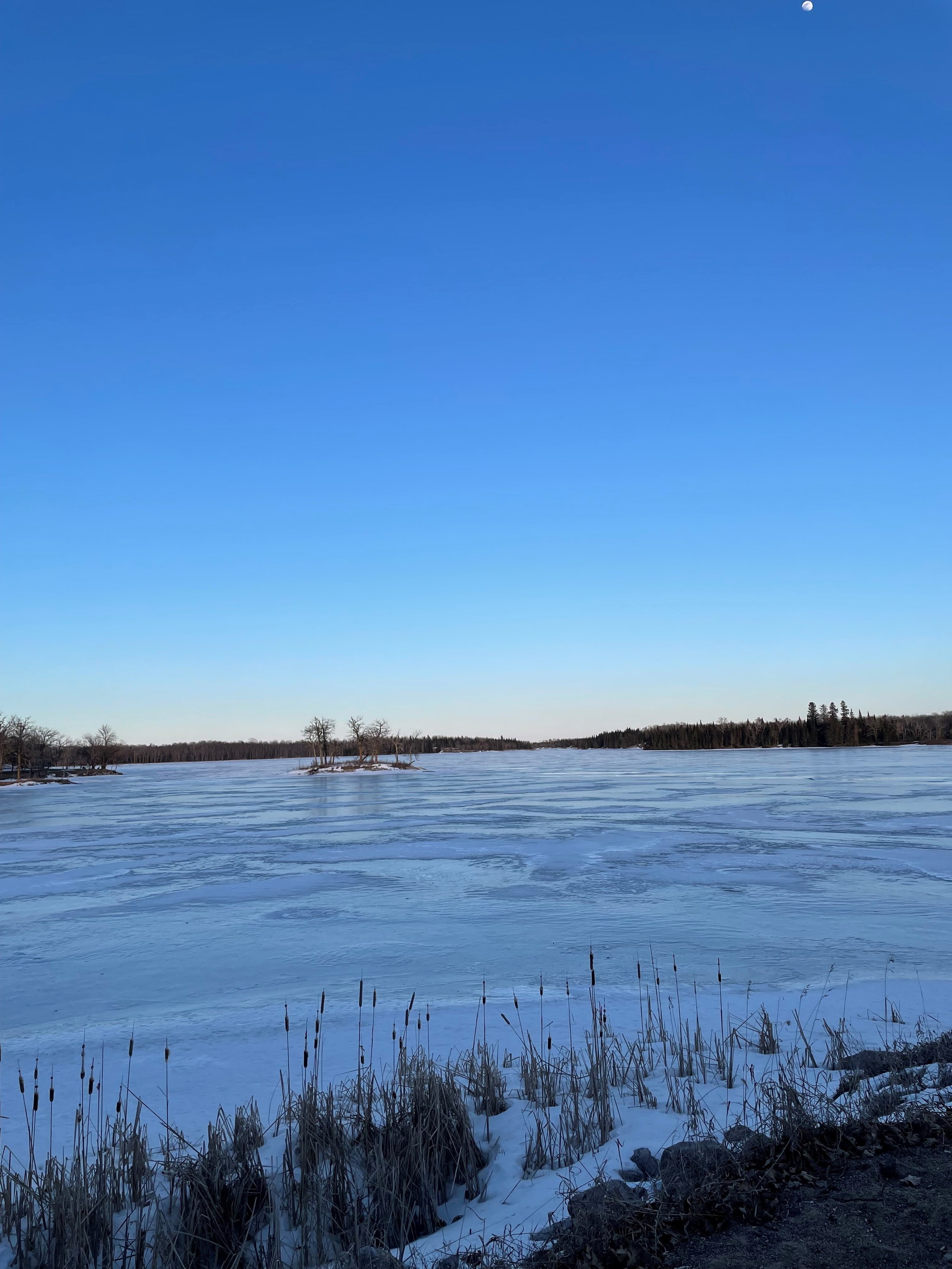5 Highlights from the Monitoring & Guardians Gathering
Last week, on the cusp of the spring equinox, we had the privilege of hosting a Monitoring and Guardians Gathering with the Lake Winnipeg Indigenous Collective Monitoring Network. The event brought together guardians and monitoring programs from across Lake Winnipeg, including Poplar River First Nation, Sagkeeng First Nation, Brokenhead Ojibway Nation, Peguis First Nation, and Misipawistik Cree Nation. Throughout our time together, we were able to share our experiences across the lake, and learn from communities who are all continuing the good work to protect and safeguard the land and waters for future generations.
Here are some of the highlights from the gathering:
1. Lake Winnipeg Watershed Treaty
Aimee Craft joined us to explore the potential development of a Lake Winnipeg Watershed Treaty. We engaged in collective discussions envisioning its structure and strategies for involving more Nations in the dialogue. Central to our talks was the concept of legal personhood for water, and the need to centre our work to build up Indigenous legal systems in relation to water and the watershed. Inspired by the Buffalo Treaty, which currently holds over 40 signatory Nations, the co-creation of a Lake Winnipeg Watershed Treaty will be a ground breaking approach to the assertion of Indigenous sovereignty across an entire watershed and its territories.
2. Sharing Community Perspectives
Our gathering provided a platform for communities to share their stories and experiences, identifying shared challenges and concerns across the lake. Of particular note, was the alarming decline in Lake Whitefish populations observed by guardians since the establishment of the 2011 emergency Lake St. Martin Outlet Channel. By connecting similar experiences voiced by fishers across the lake, we held space for discussions on potential partnerships, advocacy efforts, and collective strategies moving forward.
3. Advancing the Joint-Monitoring Network
Significant steps were made during the gathering towards the development of the joint-monitoring network. Collaboratively, we reviewed and accepted erosion monitoring methods as an initial step in cementing a comprehensive monitoring plan spanning across all programs in the collective. Additionally, group discussions on environmental indicators were held to support the shaping of how this network will build up its monitoring and reporting together.
4. Forging Bonds with Important Bird Areas
Marissa Berard from Important Bird Area attended the gathering, building introductory relationships with all participating guardians’ programs. Marissa provided valuable resources for bird identification, shared insights into their work, and laid the groundwork for potential partnerships with the collective.
5. Connecting Monitoring Programs & Relationship Building
The gathering served as a space for emerging guardians’ programs in Brokenhead Ojibway Nation and Sagkeeng First Nation to connect with established programs from Misipawistik Cree Nation and Poplar River First Nation. Collaborative exchanges and mutual learning were pivotal highlights, fostering inspiration and relationship building among members.
We extend our gratitude to all attendees for their active participation in discussions and planning endeavors. As we embark on this next phase, we are set to finalize monitoring protocols, field plans, and begin the project’s joint-monitoring pilot by May. We look forward to further strengthening these relations across the collective and monitoring network through future gatherings. Miigwetch, ekosani, kaawaapamatin mina.
